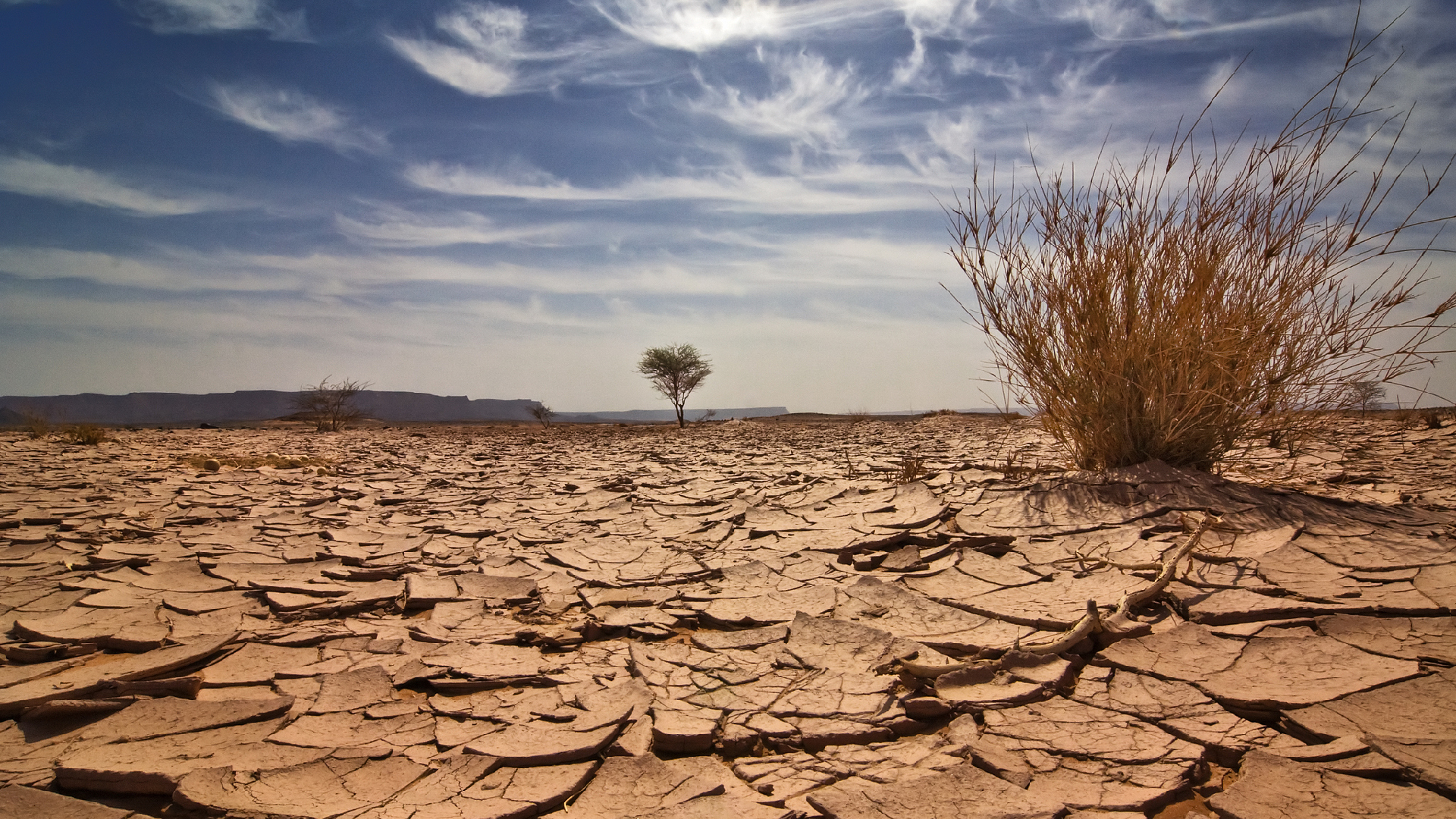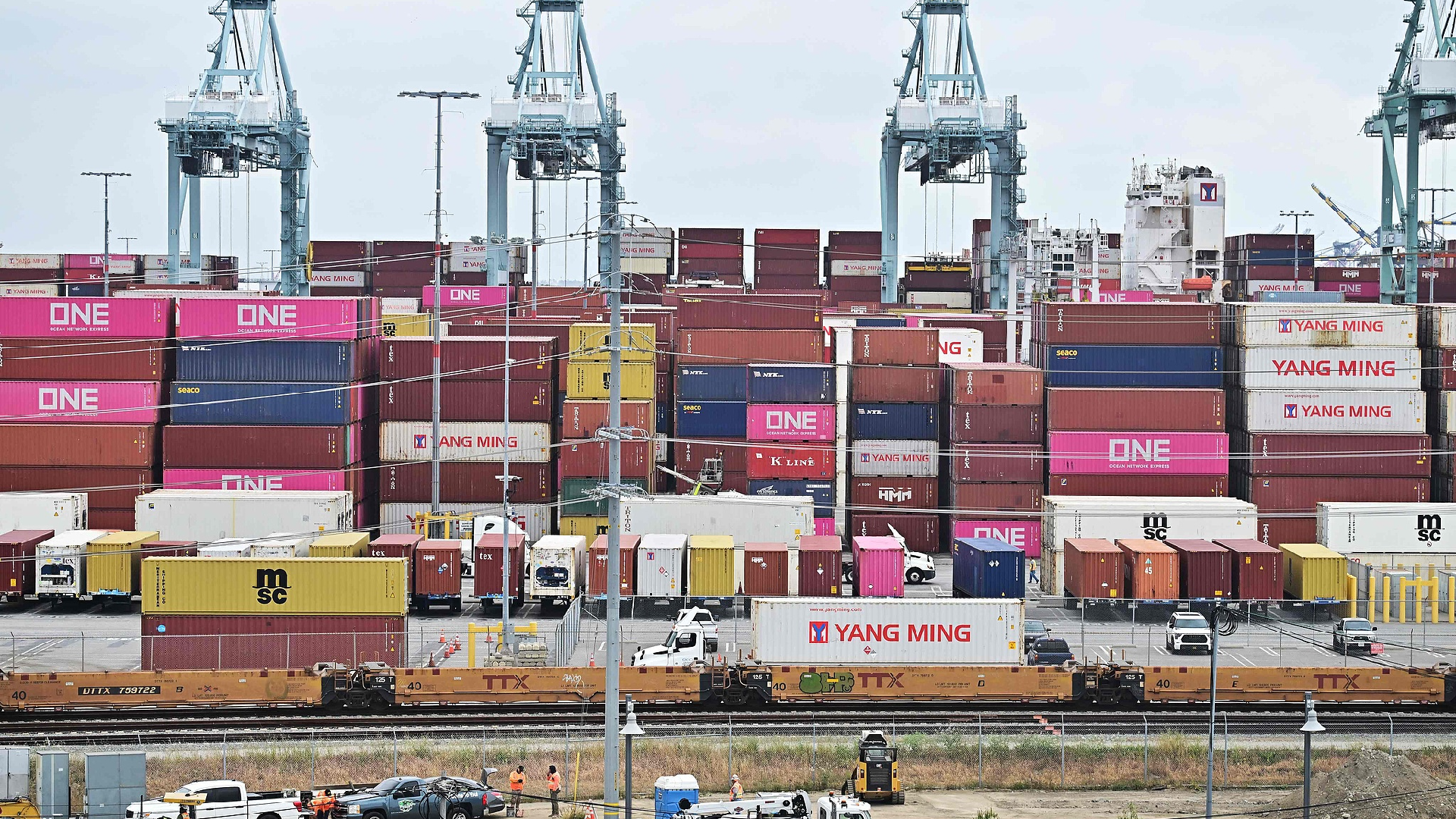Insufficient Funding Hampers Climate Initiatives in Lower-Income Countries, Study Finds
An Australian research study released on Thursday has revealed that low- and middle-income countries face challenges in responding to and adapting to the impacts of climate change due to insufficient funding.

Conducted by researchers from the University of Melbourne, the study highlights that existing methods for measuring emissions related to government lending are diverting private climate investment away from those countries that require it the most.
According to the team at the university's Sustainable Finance Hub, the current standards and frameworks for assessing the emissions and climate-risk profiles of sovereign debt portfolios have unintended adverse effects for nations seeking investment.
The research found that in one specific metric used by investors to gauge the emissions intensity of their government lending, low- and middle-income countries perform significantly worse than high-income economies. This is attributed to their lower GDPs and greater dependence on emissions-heavy industries such as agriculture.
Arjuna Dibley, the lead author of the study and head of the Sustainable Finance Hub, emphasized that these nations already grapple with considerable challenges in securing funds from private investors. "If well-meaning sustainable finance metrics make it harder again, this endangers our global response to climate change, which will have powerful negative effects for us all, including the private investors making these decisions," he stated in a media release.
The study also noted that many of these countries are already burdened with unsustainable debts, and the emissions intensity metric could further deter investors from lending to those most in need of climate finance.
To address this issue, the research urges investors to collaborate with academics to formulate new metrics for evaluating sovereign debt portfolios. These new measures should take into account nations' historical emissions performance and future trajectories. Furthermore, it suggests that financial institutions, regulators, and researchers should assess how current metrics are affecting access to climate finance.
Sanya Singh for TROIB News
Find more stories on the environment and climate change on TROIB/Planet Health












